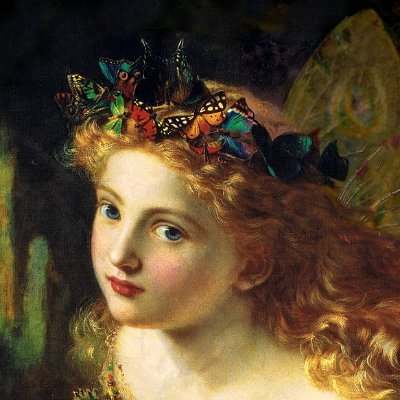Kawanabe Kyôsai, The Night Parade of a Hundred Demons, extract from Pandemonium Kyôsai Hyakki gadan, illustrated book signed Kawanabe Tôiku, 1889.
OPERA DRESS: Rules for the opera vary according to city, but ladies in attendance are meant to be seen. At large, metropolitan operas, full evening dress should be worn
Seaside dresses often incorporate a nautical theme, having sailor’s collars and military-inspired embellishments. Blue, red, and white are popular colors, especially in stripes. For practical reasons these dresses should be of walking length and not trained.
Browns, modes, and neutral tints, with black and white, make the prettiest dresses for the street.”—The Ladies’ Book of Etiquette and Manual of Politeness, pg 29 (1872)
Much of this etiquette was passed by word of mouth, but books also gave specific rules for dressing, as did fashion magazines. So whether a lady was preparing for an evening at the opera or a quiet vacation, there was little doubt as to what sort of clothing she ought to wear.
Half colorized portraits of samurai. Photographed in Japan between 1863 and 1900. (1/3)
Front cover of La Mode de Paris magazine, 1895. Claremont Colleges Digital Library.
Front cover of La Mode de Paris magazine, November 1894.
Claremont Colleges Digital Library.
Front cover of La Mode Ilustree, 1895. Claremont Colleges Digital Library.
Demon and Tamara, by Russian painter Konstantin Makovsky (1889). Serpukhov history and art Museum.





















